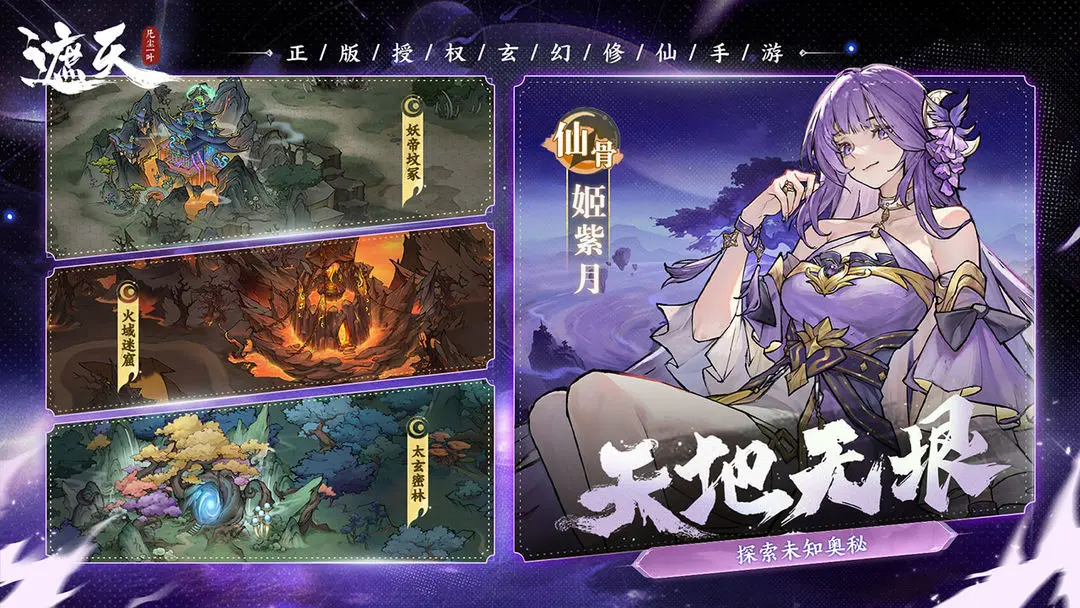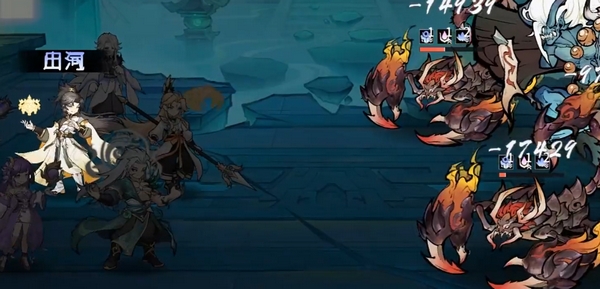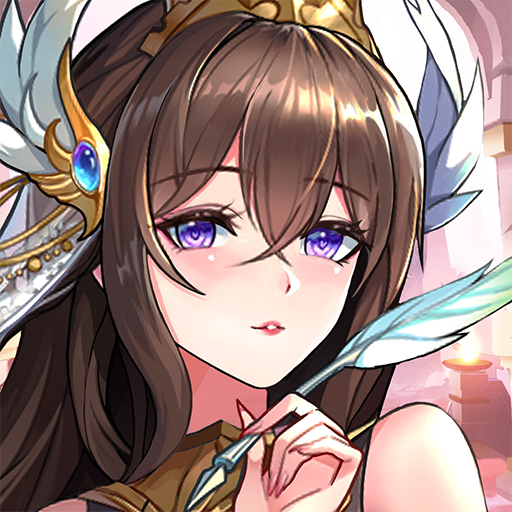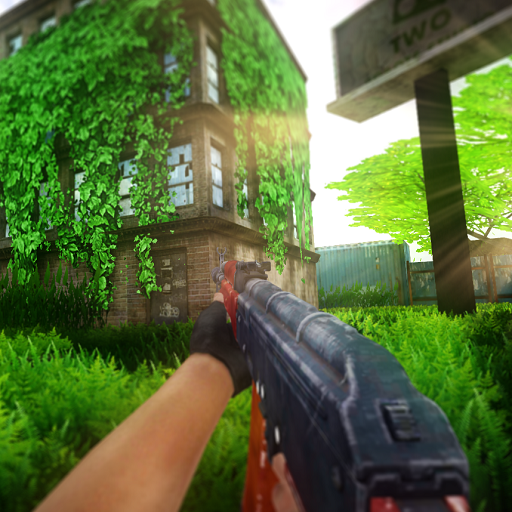Today, the editor brings you an introduction to the content of not joining Wudang in Yijian Fengyun. The choice of sect constitutes an important branch of the player's adventure path. Although the main storyline is initially associated with the Wudang Sect, it does not limit the player's direction in the martial world. The game, through a diverse sect system and flexible joining mechanisms, provides rich growth paths for players who do not choose Wudang. Different sects, based on their unique martial arts characteristics, scene settings, and quest lines, construct differentiated martial world experiences. Let's take a look together with the editor.
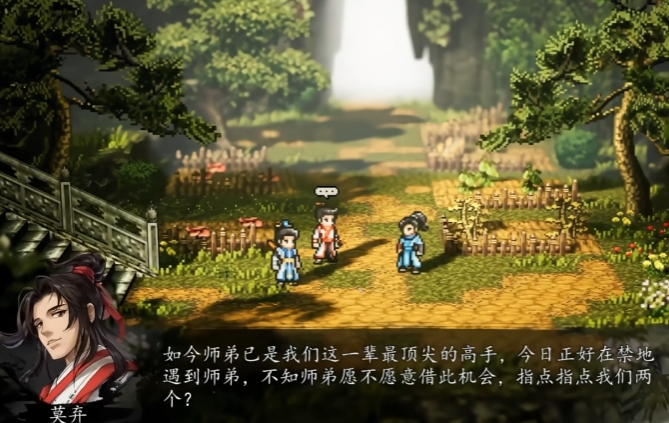
The main storyline at the beginning of the game revolves around the Wudang Sect. The character controlled by the player, Yuwen Yi, arrives in Central China poisoned but is saved by the Wudang Sect Leader, Qingxu Zhenren, thus forming a connection with Wudang. Players who follow the main story and join Wudang can systematically learn the core martial arts of Wudang and deeply participate in Wudang-related plots, witnessing the internal feuds and responsibilities of the sect. However, this does not mean that the player's journey in the martial world is limited to the Wudang Sect. In the vast martial world map of Yijian Fengyun, there are many sects with different styles. Each major sect in the martial world carries its own unique martial arts heritage and sect stories. Martial arts systems, from techniques and inner strength cultivation to training paths, each have their own characteristics. In the game, the player's sect affiliation follows a uniqueness setting, unable to belong to multiple sects simultaneously.

As a thousand-year-old temple on par with Wudang, Shaolin Temple sits atop Songshan Mountain, where the sound of morning bells and evening drums can be heard all day long. This sect is known for its powerful staff techniques and exquisite boxing skills. Disciples wear monk robes and emphasize the dual cultivation of Zen and martial arts. If players yearn for the grandeur and solemnity of Shaolin martial arts, they can explore Shaolin Temple during their adventures in the martial world. After passing the sect's tests, they can become Shaolin disciples and learn powerful techniques such as Arhat Staff Techniques and Vajra Boxing. Hidden in the dense forests of the Southern Frontier, the Xuanhuo Sect specializes in fire manipulation and poison usage. Their martial arts techniques are characterized by their ferocity. If players delve into the Southern Frontier, they can find traces of the Xuanhuo Sect. After passing the sect's trials, they can learn unique martial arts with special attribute damage.
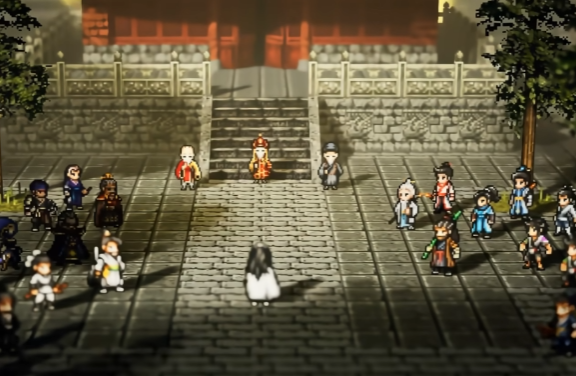
Famous Sword Manor, renowned for both its sword-making skills and exquisite sword techniques, is located among the mountains and waters beside the Sword Pool. The manor's courtyard displays the famous swords passed down through generations, silently telling the story of the sect's long history. The disciples of the manor are proficient in the fluid and changing sword techniques and also deeply understand the art of sword forging, including temperature control and material selection. Players who join here can learn swift and sharp sword techniques and participate in exclusive quests to find divine weapons and forge powerful blades. Even if players do not officially join a specific sect, there are other ways to access the martial arts of various sects. During their adventures, players can increase NPC favorability by completing tasks and then obtain fragments of martial arts manuals from other sects.
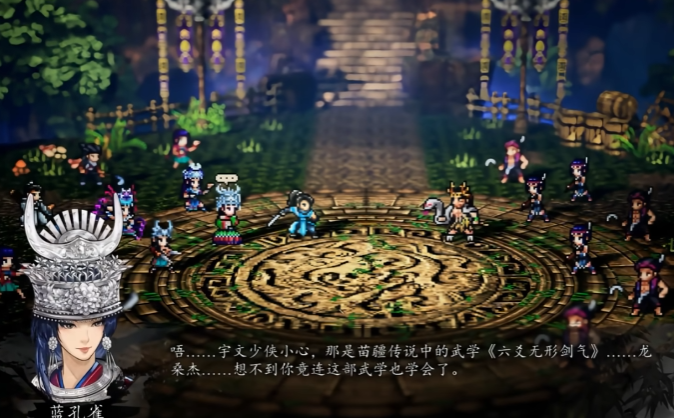
The introduction to the content of not joining Wudang in Yijian Fengyun is complete. Each sect not only distinguishes itself through core martial arts, forming different combat styles, but also uses the favorability mechanism and manual acquisition methods to allow players to still access a variety of martial arts systems under a single sect affiliation. This design enriches the diversity of the martial world experience and becomes an indispensable part of the game world construction.
